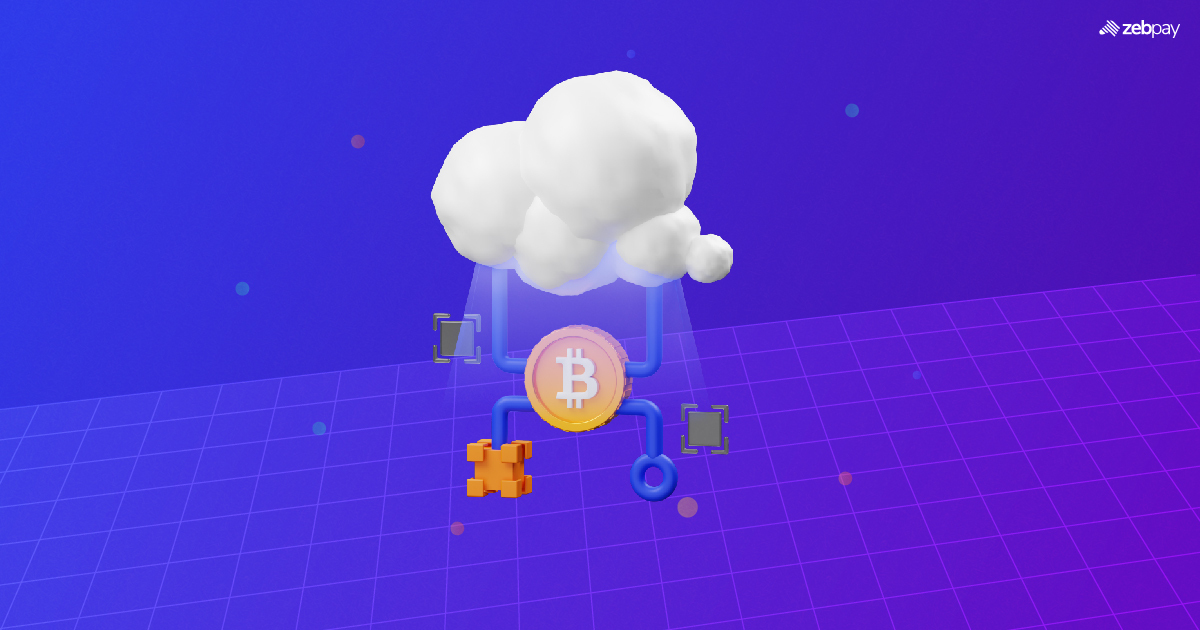Introduction
Polkadot is a fast and scalable blockchain protocol that enables different blockchains to exchange value and data. Crypto users can invest in its native token, DOT, for staking and governance powers in the network. Polkadot is a new-generation crypto protocol that aims to develop a heterogeneous multi-chain structure. It is one of the most innovative blockchain protocols and has received attention from investors and developers.
Blockchain security is vital for the smooth functioning of any blockchain protocol. Blockchain networks face many crypto attacks, such as routing, phishing, 51% attacks, and Sybil attacks. Blockchain developers have to keep working on ways to defend against these crypto attacks by adopting strong security practices and measures. The adoption of crypto technology is rapidly increasing, and blockchain protocols like Polkadot must understand various crypto attacks and adopt robust security measures.
Understanding Polkadot Security
The Polkadot network consists of a core network, a relay chain, and parachains. The relay chain is responsible for achieving consensus, shared security, and multi-chain interoperability. Parachains are sovereign blockchains that have their use cases, tokens, and governance.
These blockchains leverage the security and interoperability of the relay chain. Developers can focus on building functionality and features like robust network security as the relay chain helps the parachains operate seamlessly.
Read more: What is Polkadot (DOT)
Polkadot employs a proof-of-stake consensus system to secure and verify transactions in its network. DOT token holders can earn from staking based on how much money, knowledge, and time they have. There are different stakeholders involved in securing the Polkadot network. Nominators select trustworthy validators for relay chain security, whereas validators stake DOTs, validate proofs, and participate in the consensus process with other validators. Polkadot collators fetch shard transactions and create proofs for validators.
Polkadot stakeholders should follow good security practices while setting up their nodes. Security practices like selecting reliable hardware providers, implementing robust access and firewalls, and conducting regular updates.
Few Best practices for Enhaced security
Key Management and Secure Wallet Usage
Secure crypto key generation should produce unique and random keys to ensure security for encrypted transactions. The best types of crypto wallets to store your crypto holdings are cold wallets. They provide excellent crypto wallet security and have features like multi-signature and passphrases. They never expose the crypto keys to online networks, preventing most hacks and thefts. You must have backups for your crypto keys, either by copying them to a text file or storing a unique QR code for the key on a device. Be aware that these physical devices are susceptible to attacks as well.
Secure Network Communication
Polkadot can implement TLS, or Transport Layer Security, a protocol that uses data encryption to secure connections between web servers and applications. It protects all data transfers over a blockchain network, including emails, file transfers, and browsing sessions. This protocol makes it hard for hackers to steal sensitive data like passwords, credit card numbers, or login credentials. Polkadot users communicate over a peer-to-peer network. It can also use peer-to-peer networking stacks to share transactions, blocks, and sensitive data without centralized intermediaries.
Secure Smart Contract Development

Polkadot Developers should follow good practices while working with Solidity or Ink! Development languages. Development practices like writing simple codes, proper error handling, regular code audits, using named functions, and implementing the latest Solidity best practices and features.
Developers should also test their codes rigorously and deploy smart contracts on Testnets before releasing them on the Mainnet. Developers should test their codes systematically and thoroughly with multiple edge cases, research potential attacks, and research security scenarios.
Governance and On-Chain Upgrades
The governance decisions of the Polkadot network are voted on by its stakeholders directly on the blockchain. Its governance model is an innovative approach to decentralized decision-making. Polkadot stakeholders actively participate in developing the network. They contribute to building a transparent ecosystem by participating in its governance processes.
Its technical committee is responsible for network maintenance proposals and code upgrades. Stakeholders in the network vote on proposed changes, this process ensures the network can adopt the latest technological updates and remains secure.
Read more: On-Chain vs Off-chain
Monitoring and Incident Response
Another vital method to ensure Polkadot’s security is continuous monitoring of its network for potential security threats. Developers can use sophisticated tech solutions to monitor traffic, review logs, and detect suspicious activities that indicate breaches. Prompt incident response strategies can minimize the impact of security breaches. Other best security practices include implementing real-time alert systems, quick incident response planning, regular security audits, and penetration testing. These security practices can also help with compliance requirements, gas optimization, data protection, and protecting against other vulnerabilities.
Collaboration and Bug Bounty Programs
Bug bounty programs can help identify security flaws by adopting ethical hacking strategies. They can help Polkadot improve its security and protect its network. These programs can be of various sizes, from small rewards to big cash rewards, depending on the severity of the vulnerability.
Read more: Polkadot Staking Guide
Regulatory Compliance and Privacy Considerations
The Polkadot network should implement best security practices to comply with numerous data protection and privacy regulations. Data privacy depends on the implementation of these practices and their underlying infrastructure. Data security and privacy are vital, as crypto data are immutable and cannot be easily altered. Security best practices can help secure sensitive data and help comply with crypto regulations such as GDPR to ensure it smoothly operates without facing regulatory issues.
Conclusion: Strengthening Polkadot’s Security Landscape
There are numerous security best practices to secure the Polkadot network. These practices include secure node setup, secure wallet usage, secure Smart contract development, continuous monitoring, and bug bounty programs. Best security practices can help ensure trust and the long-term viability of the Polkadot ecosystem.
To stay up to date with the latest crypto news, visit ZebPay blogs. Click on the button below to trade on ZebPay.
Frequently Asked Questions (FAQs)
How secure is the Polkadot network?
Polkadot is considered a very reliable and secure network due to relay chain security.
What measures are in place to prevent double-spending attacks in Polkadot?
The Polkadot network has a strong consensus mechanism and performs regular audits to prevent double-spending attacks.
Are there any known security vulnerabilities in Polkadot?
There are no major security vulnerabilities but if one parachian is compromised, it can affect projects on chains connected to it.
How can I secure my Polkadot assets?
You can secure your Polkadot assets by storing it in cold wallets or by storing it on online wallets with strong passwords.






